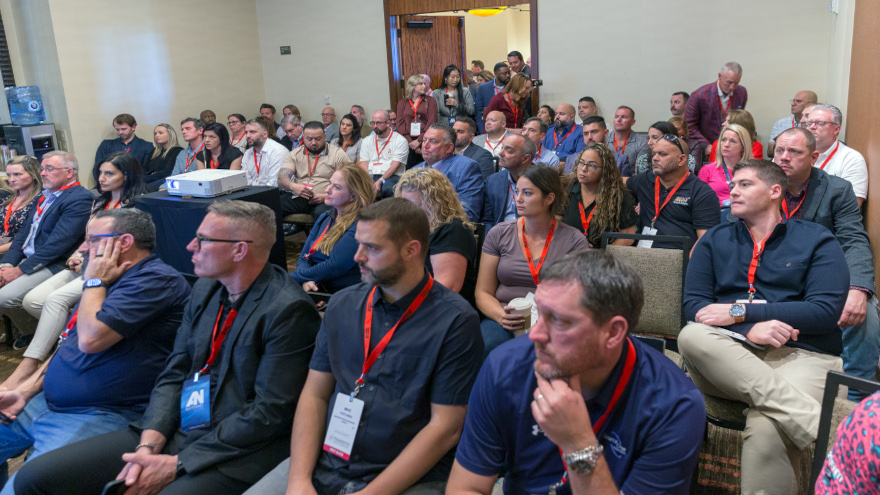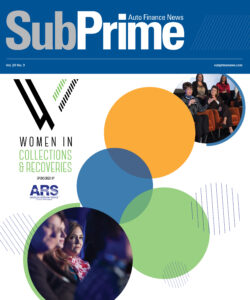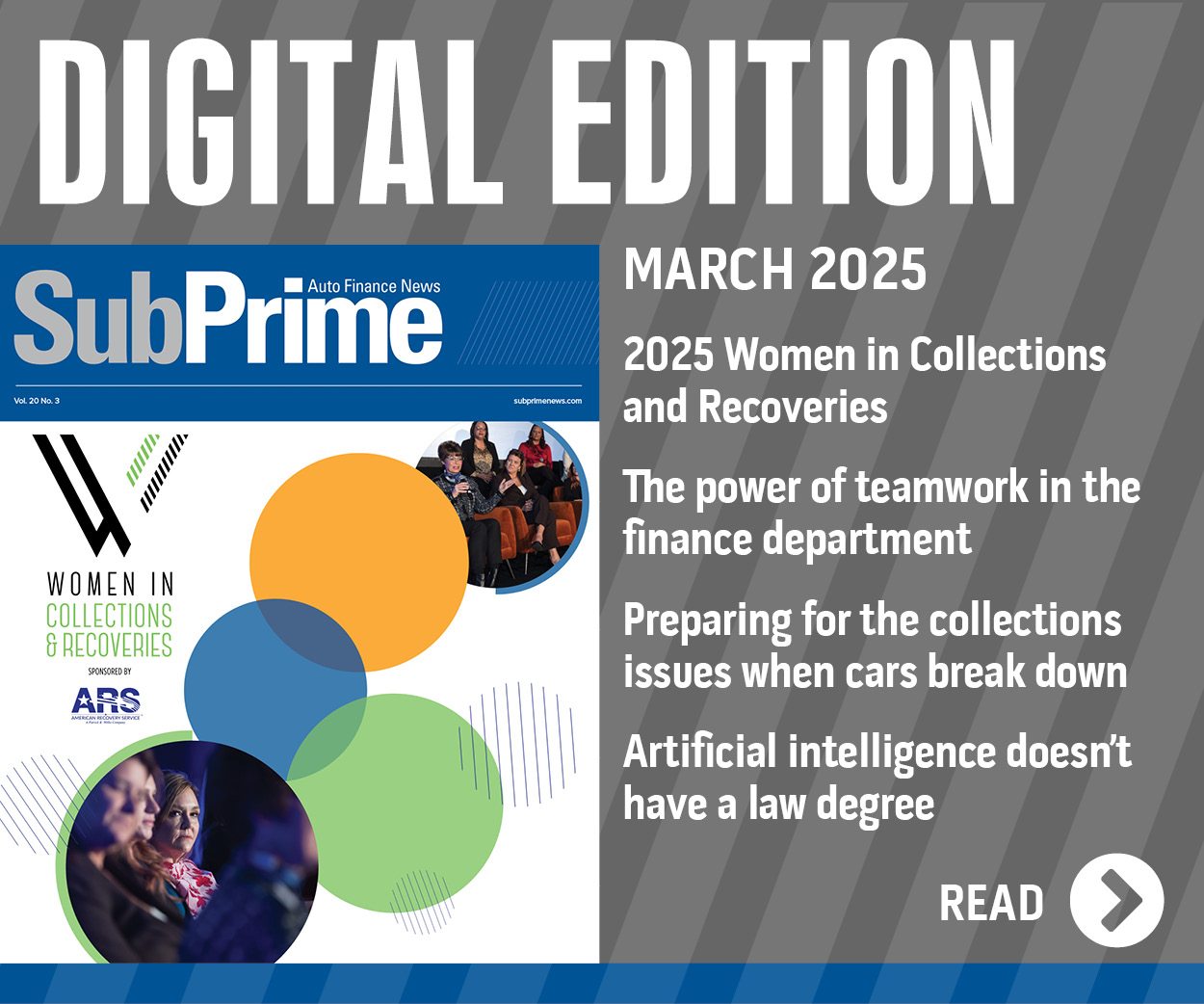Experts spot negative auto-finance readings not seen in 17 years

Many of the repossession segments of Used Car Week 2023 drew standing room only crowds. Photo by Jonathan Fredin.
For the first time in the history of Used Car Week, the workshops and panel discussions focused on repossessions were some of the highest-attended portions of the entire event, which unfolded earlier this month. In some instances, demand for repo insight created spillover scenes in Scottsdale, Ariz.
Further data and observations shared by Cox Automotive and S&P Global Ratings in recent days likely triggered that significant conference interest.
First, according to its U.S. Auto Loan ABS Tracker for September, S&P Global Ratings reported auto ABS performance weakened in September, with prime and subprime annualized losses both increasing.
“Subprime losses also reached their highest September level since 2009,” S&P Global Ratings said in a news release about its report that’s available to firm clients at this website.
“Prime and subprime delinquency levels both exceeded their year-over-year and pre-pandemic levels, even though 60-plus-day delinquency levels stabilized month over month for the prime composite index and declined for subprime composite index,” S&P Global Ratings continued. “In October, we revised our expected cumulative net loss levels for 32 transactions, raised 52 ratings and affirmed 85, and placed one speculative-grade rating on CreditWatch negative.
“We are also seeing a divergence in performance between the prime and subprime segments for the 2022 vintage,” S&P Global Ratings went on to say.
Meanwhile, the auto finance data discussed this week by Cox Automotive chief economist Jonathan Smoke was even less rosy.
Smoke examined October data and determined 60-day delinquencies rose for the sixth month in a row, landing 13.1% higher than a year earlier.
All told, Smoke said through his weekly blog that 1.89% of installment contracts are severely delinquent. It’s a level that was unchanged from September, but it was the highest October rate dating back to at least 2006.
“The subprime severe delinquency rate was 69 basis points higher from a year ago, while the aggregate was 16 basis points higher,” Smoke said. “Of subprime loans, 7.38% were severely delinquent. That was also unchanged for the month but the highest rate for any month dating back to at least 2006.”
And the Cox Automotive expert extrapolated that those delinquencies are turning into defaults at a rapid clip, too.
Smoke determined total auto defaults increased by 4.2% in October from September, soaring 31.2% from a year ago.
“Defaults of subprime auto loans increased by 5% and were up 20% year-over-year. The default rate year-to-date through October is 2.69%. The default rate in 2019 was 2.90%,” Smoke added.
Sounds like figures that would draw a crowd.

 View The Latest Edition
View The Latest Edition

